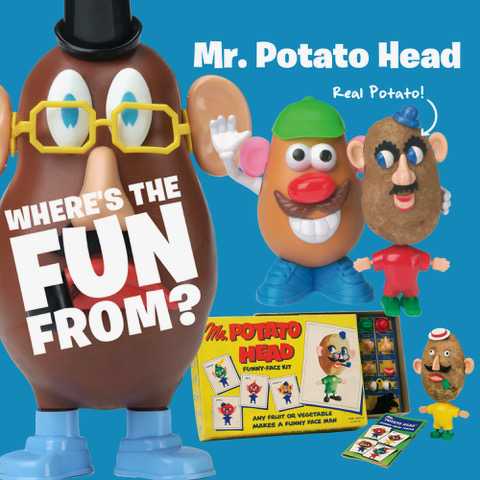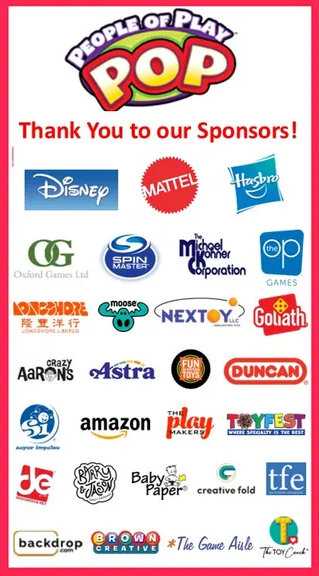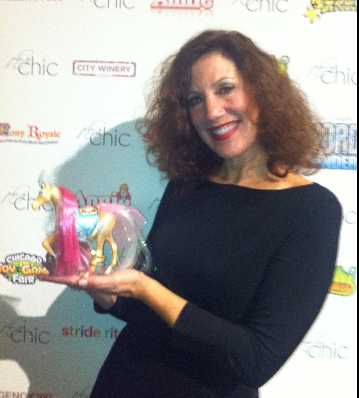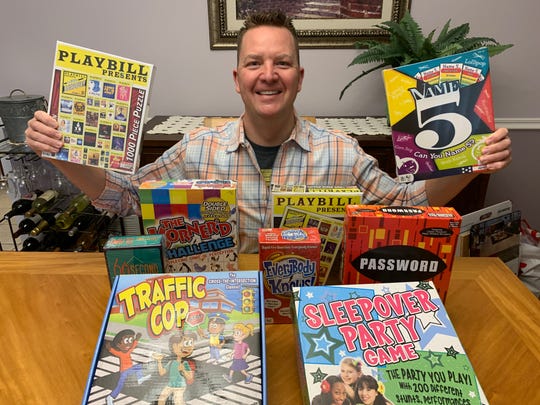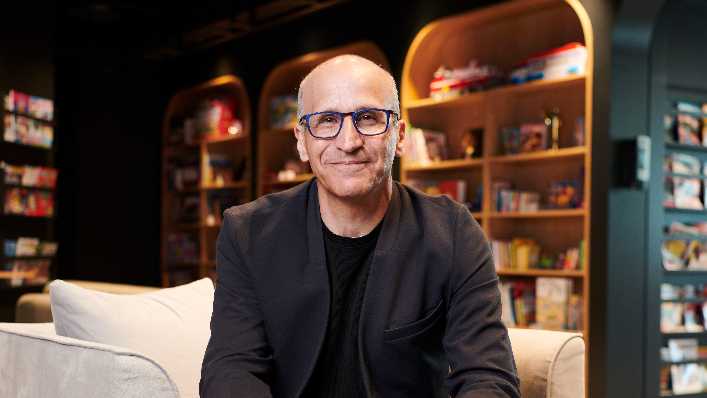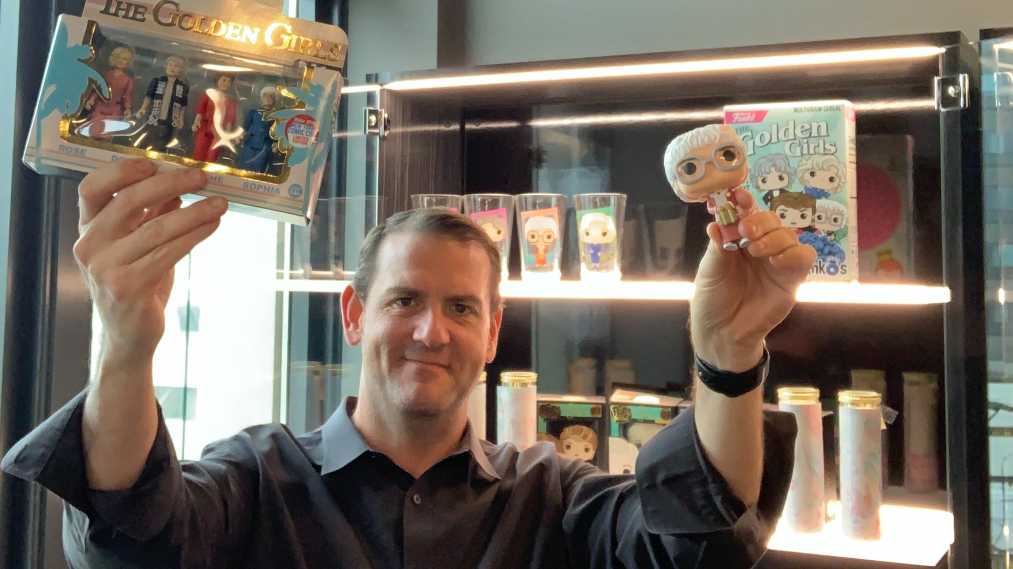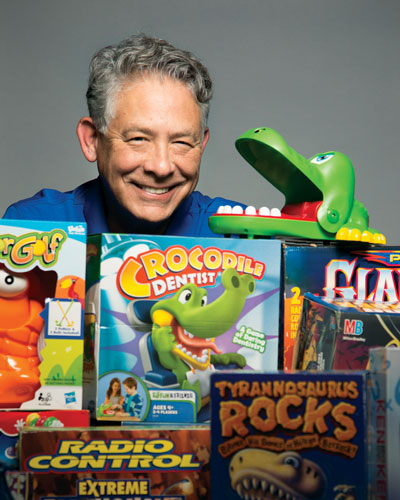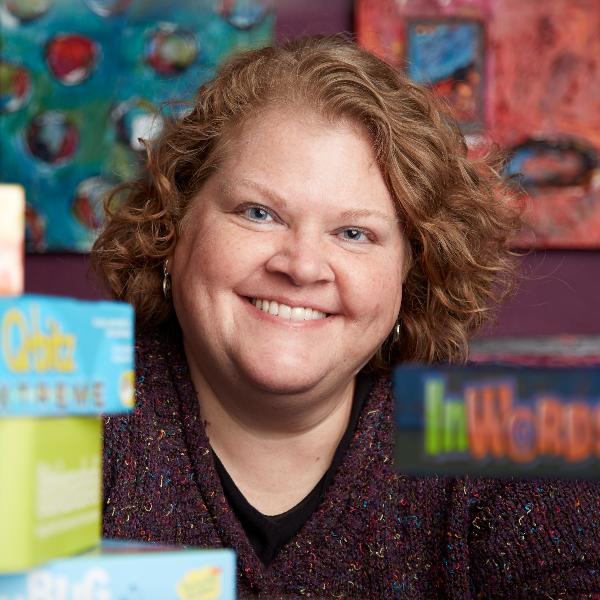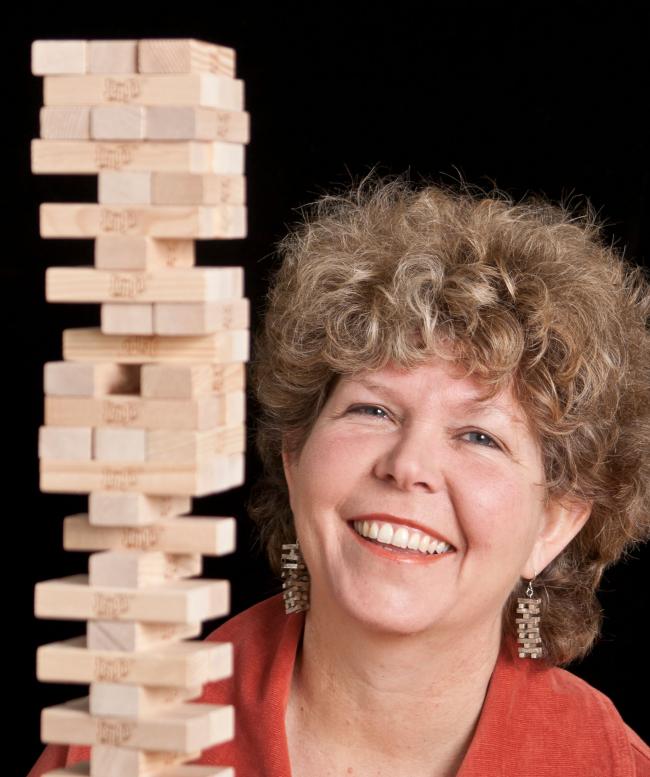Nat and Cam: Creators of That Sound Game with 350,000 Units Sold... So Far!
by The Bloom Report | 19 Jun 2025
Biographies and Interviews
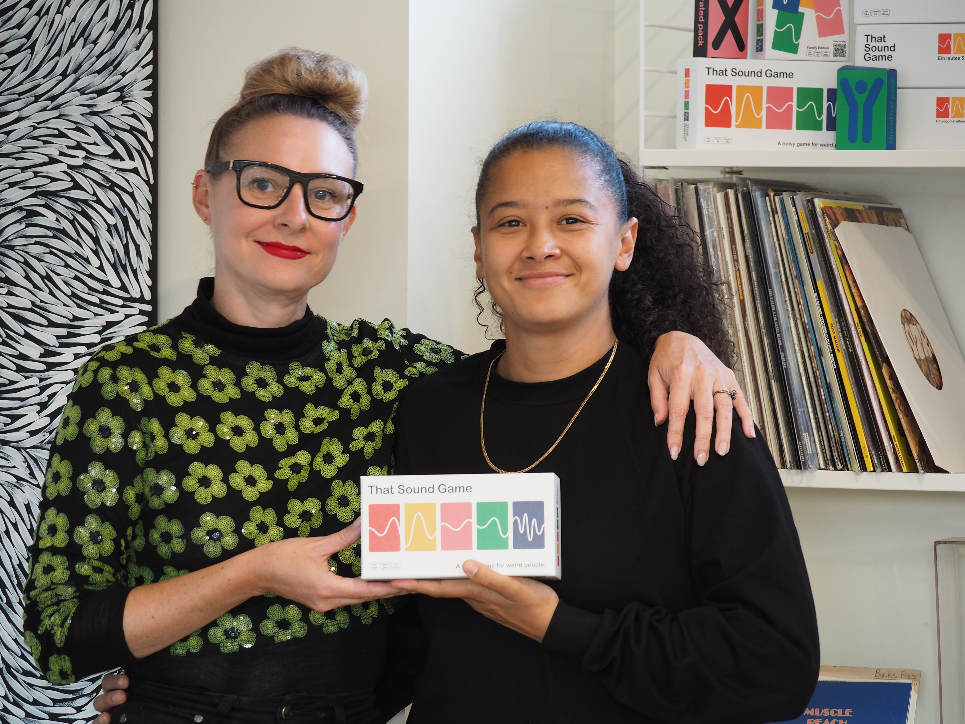
Q: Nat, great to meet you at our TFNY Connolly's POP Pub party! Nat and Cam, I loved your story, please share what you are known for in our industry.
A: We are the creators of That Sound Game, a sound-based party game that launched in 2023.
Q: Have you developed any other games, or did you have previous experience in the toy industry before That Sound Game?
Nat: Haha, no! I was a taxidermist, and Cam worked as a project manager in construction. Our experiences couldn’t have been more distant from the world of games.
Q: That’s quite unusual! How did you end up creating a party game?
Nat: Owning a taxidermy business meant that I often travelled internationally to teach and work on projects or exhibitions. This all came to a standstill when COVID hit, and living in Melbourne, Australia, meant that we experienced the longest and strictest lockdown in the world—262 days in total. During this time, my business took a massive financial hit, and although we pivoted to pet preservation, which was considered an essential service, I had to use all my savings to keep my team employed. About a year into the lockdowns, I was very broke, feeling down, and uninspired, so I started thinking about creative projects I could throw myself into. I had talked to my partner about writing children's books and floated a couple of other ideas when, out of the blue one night while playing Articulate, the idea for That Sound Game came to me.
Q: So, you were playing Articulate. What happened next?
Nat: While packing up the game, I picked up a card that said “trumpet” and joked with a friend to imitate the sound. As I pulled out more cards, I encouraged him to come up with sounds and then eventually asked him to stand up and do it with his hands behind his back. It was bizarre and hilarious, which sparked the thought: what sound-based games exist? We have Pictionary for drawing, Taboo and Articulate for wordplay, Charades for miming—yet where are the sound-based games? I couldn't sleep that night, wondering if this could be a million-dollar idea.
Q: How did you develop That Sound Game from idea to full-blown party game?
Nat: After my sleepless night, I researched sound-based party games and found none! Then, for about three months, I worked secretly to develop the idea, before finally presenting the game to Cam ‘Shark Tank’ style to see if she would agree to work on it with me.
Q: Cam, did you have any idea what Nat was working on?
Cam: Absolutely not! I tried to sneak peeks at her laptop, but she was pretty good at keeping things hidden. If you knew Nat, you would know she is terrible at keeping secrets, so I was genuinely surprised that she kept this one under wraps for so long haha.
Q: So Nat pitched the game to you, and then what happened?
Cam: Well, I, of course, agreed to come on board the project. I mean, we were locked in a one-bedroom apartment together with nowhere to go, so what else was I going to do? Haha.
Over the next 12 months, we developed the game and worked to create the cards, categories, lifelines, and rules. If we thought of a new card, we would challenge each other to see if it could be done. It was a great way to fill our time, have a laugh, and focus on the lighter things in life. We got really inspired by the idea that when COVID ended, we could potentially have a product that could get people away from their screens and bring them together to connect.
Once COVID ended, we tested with about 20 groups, tweaked the game, reworked the rules, and then decided it was time to move away from cut up pieces of paper in jam jars and get our first prototype made.

Q: How did it transition from concept to viral sensation?
Cam: We spent all of 2022 refining our prototype. Everyone on board game forums insisted we should run a Kickstarter to break into the industry. However, at PAX 2022, we won a table in the Tabletop Collaboratory space. This opportunity allowed the public to play our game, and we quickly realised that party game enthusiasts aren’t necessarily hardcore gamers; they don’t even know what Kickstarter is! They wanted to buy our game right away.
Afterwards, Nat calculated the cost of marketing for a Kickstarter mailing list vs the expense of printing and marketing straight to the public. No matter how she did the numbers, we just couldn't justify a Kickstarter, so we took a leap of faith and went straight to print. This decision became a pivotal moment in our journey and That Sound Game’s success.
Q: Self-funding is very rare and comes with a lot of risk. Did you have any doubts or fears?
Nat: Oh yes! When I told Cam we were going to self-fund, her response was, “Okay, I trust your judgment.” As soon as she said that, I was filled with self-doubt and started crying, fearing I’d end up losing all our money. The print, website, branding, trademarks, etc. ended up being a $55,000 investment. This was a huge amount of money for us, and in order to save that, Cam had worked two jobs and I worked three, so the fear of losing it was overwhelming.
Q: When did you realise the risk had paid off?
Cam: Our strategy from the beginning was to promote our game on TikTok. That Sound Game revolves around noise, movement, and laughter, so it was a perfect fit. We had barely any money for marketing, so we selected a few micro board game influencers who had a loyal following to promote the game and worked for months to set up fulfilment in the major English-speaking countries - US, Canada, Australia, and the UK.
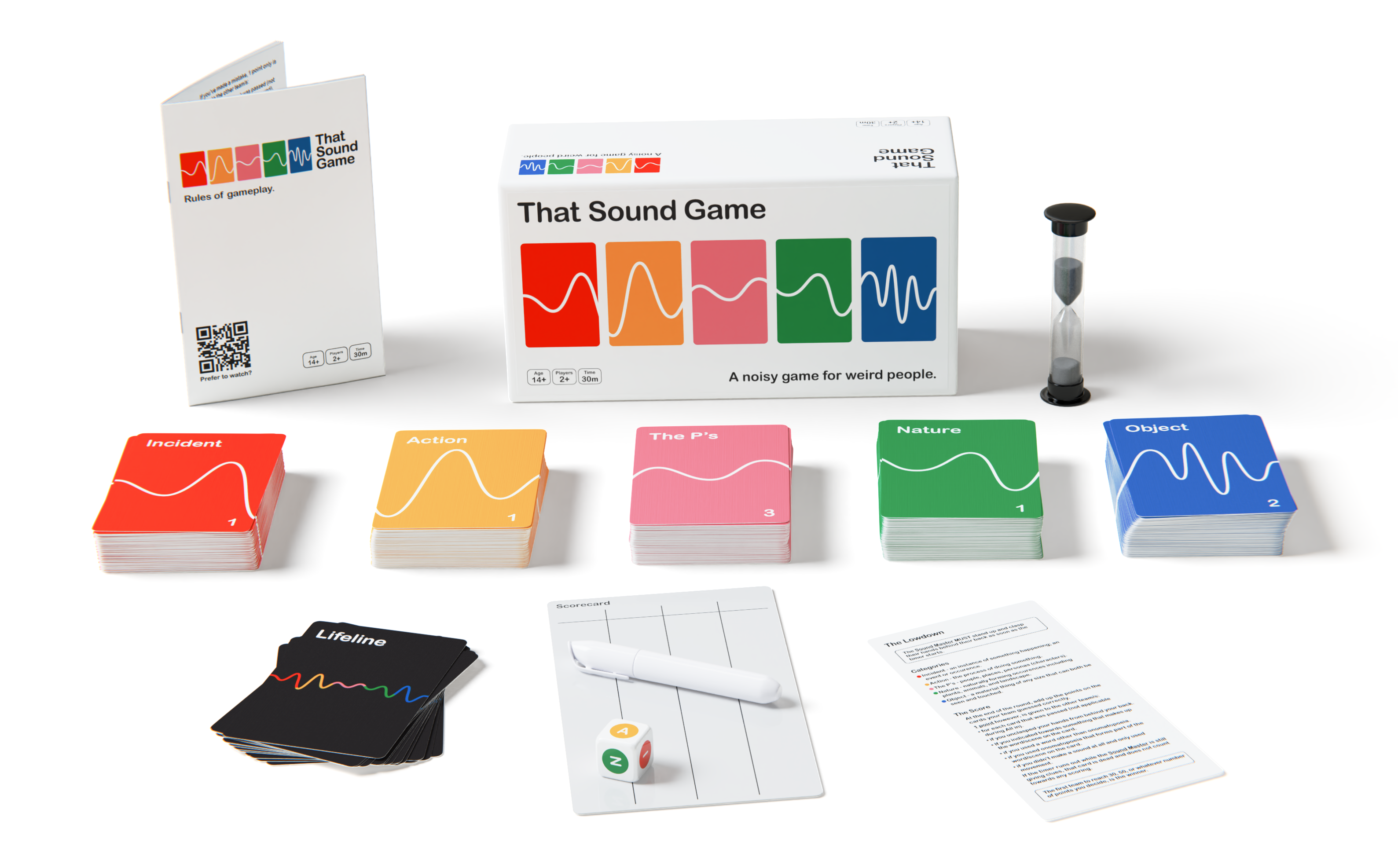
We knew that if That Sound Game took off, we needed to be able to ship immediately within these countries.
The exact moment we went viral is etched in our minds. While house-sitting for friends in March 2023 our first TikTok video went live. We woke up to hundreds of notifications as the video was going viral and ended up with well over 10 million views. Until that day, we were selling only one game every few days—mostly to friends and family. Suddenly, we sold out in the U.S. within four hours and sold out worldwide in four days. We quickly pivoted to turn on pre-orders to ensure that we could capitalise on the momentum and sold 7,000 units in a week. It was surreal, but it also confirmed our instincts were right. Skipping Kickstarter and going straight to print had paid off spectacularly.
Q: Selling out worldwide in just a few days is impressive! Where do things stand now with the game?
Nat: It’s been essential for us to maintain 100% ownership of That Sound Game, which is why we turned down every major publisher that approached us. We continue to sell the game through our online store and Amazon, keeping our finances healthy to promote the game further. I mean, who is going to drive advertising and invest in it better than us?
We’ve partnered with major distributors globally to get it into brick-and-mortar stores such as Asmodee, Big Potato and VR to name a few, and recently just received placement into the mass market in countries like the US, Canada, and Australia thanks to the hard work of these distributors.
We have also been able to expand. I was running the company solo for a year, but now it’s the three of us. Cam has left her full-time construction job, and we've also hired her sister in South Africa for administrative support. One might say it’s now a family affair!
In the past year, we created five expansion packs, developed a family version for the mass market, and translated the game into five languages, giving us nearly 20 SKUs. We’re also on the cusp of launching a Braille expansion pack for the visually impaired.
To date, we've sold over 350,000 units and have well over 300 million views on our social media content!
What have been your biggest lessons over the last two years?
A: Gosh, there have been a lot!
- Customer feedback and negative reviews are worth their weight in gold. They provide insights into different geographical regions and the specific needs of customers within them. For instance, we quickly realised in the US that we needed to simplify the game for a broader audience, and we also received valuable feedback that our original dice weren’t colour-blind friendly, so we were able to use this information to make important updates to the game.
- It's essential to invest in legal support from the start. While trademarks, contracts, and business agreements can be expensive, neglecting this investment can lead to even greater losses down the line.
- Trust your instincts. If we had taken the advice of doing a Kickstarter or sold our game to a large publisher after it blew up, then we wouldn’t have achieved the same level of success that has changed our lives. When we started our journey, we were completely naive about the industry, but that meant we didn’t have any moulds to follow or to break. We could just do things our way.
- Don’t be fooled by the big guys! Partner with the right distributors, as they are the custodians of your game and play a crucial role in safeguarding it. Regardless of your company's size, aim to establish a mutually beneficial relationship built on honesty, transparency, shared goals, and of course effective and timely communication. It’s okay to hold individuals and organisations accountable.
- Finally, embrace the possibility of failure. We make mistakes and missteps every day, and we're likely to continue doing so. Managing a multimillion-dollar company in the game and toy industry presents a steep learning curve, especially for a couple from Australia with no previous experience.
Our goal is to improve our business and our game each day so that, hopefully, That Sound Game finds a place in people’s homes for many years to come.

Recent Blogs
Recent Blogs

Biographies and Interviews
Catching up with Eric Olsen, The Inventor of Flip 7 and Co-Creator of Messy Table Games
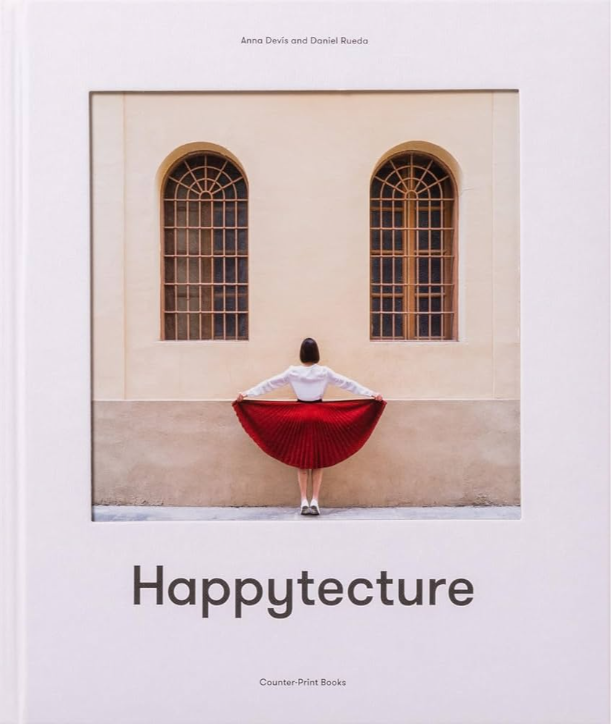
Reviews
Book Review: Happytecture by Anna Devís & Daniel Rueda
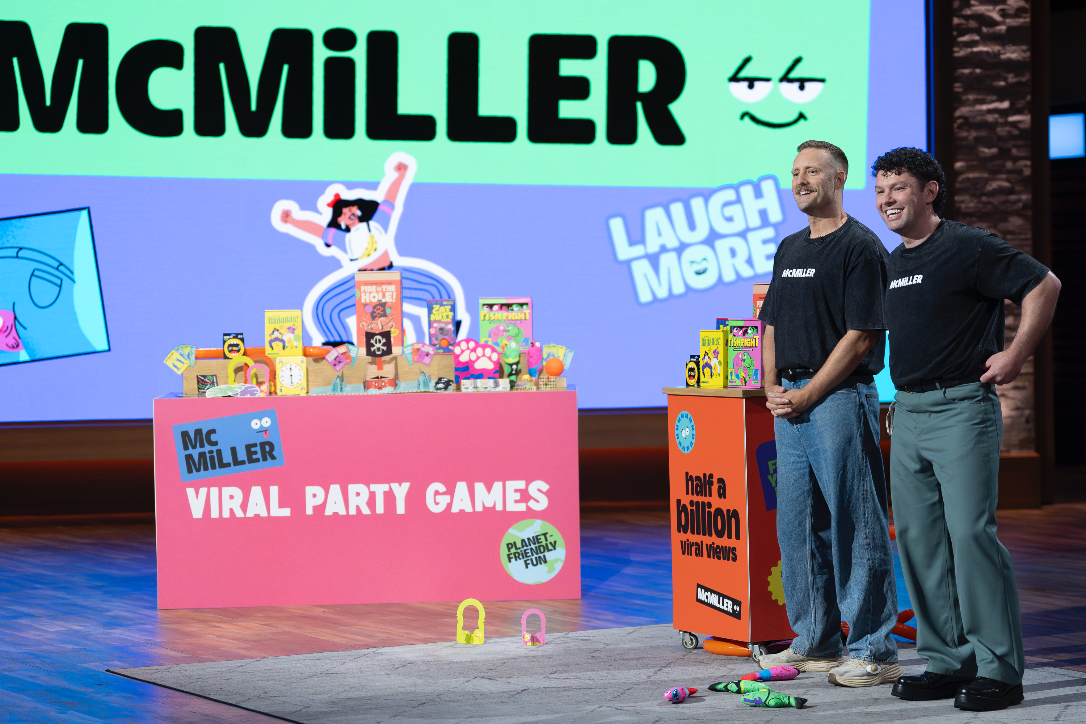
Biographies and Interviews
From Stage Lights to Game Nights: McMiller’s David & Julian on Shark Tank (Dec 10th), Viral Success & Building a Business With Your Husband
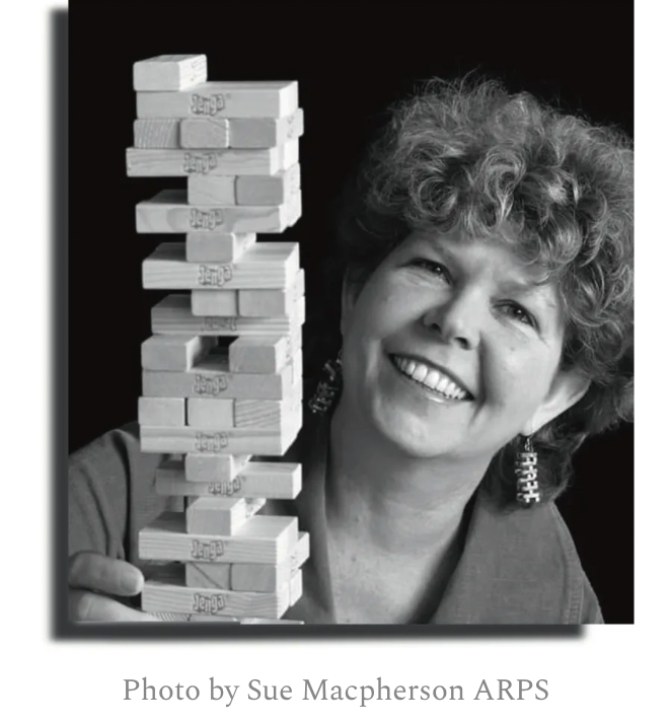
Press Release
Leslie Scott (creator of Jenga) announces the launch of BOUNDLESS PLAY
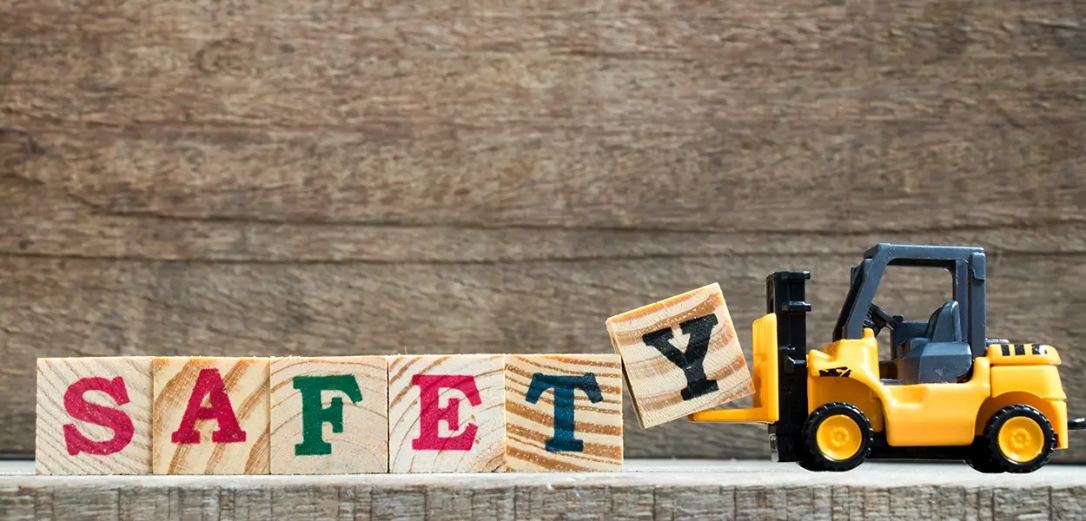
Press Release
New Study Highlights the Importance of Shopping from Trusted Toy Brands & Retailers this Cyber Monday
See more
Recent Wiki
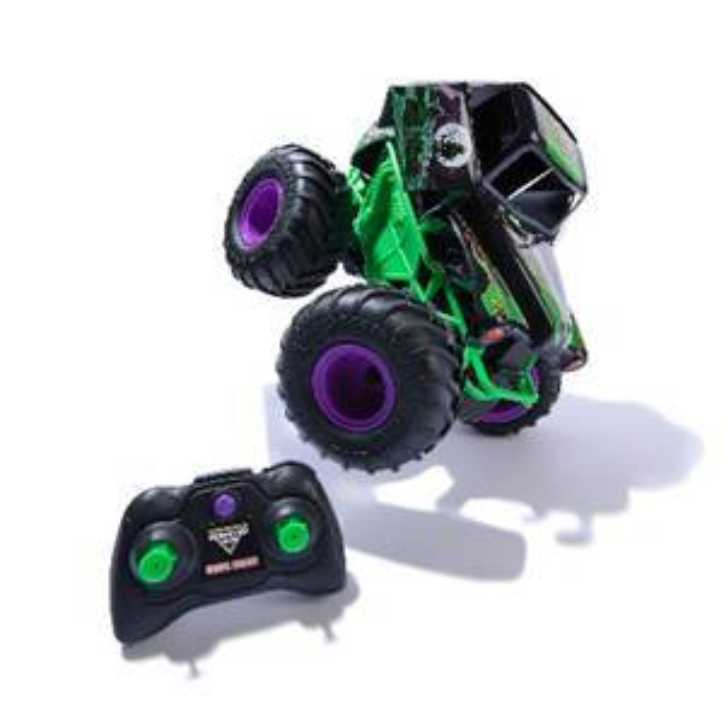
BOOK REVIEWS
Toy Review: Monster Jam Smash & Bash Grave Digger Monster Truck
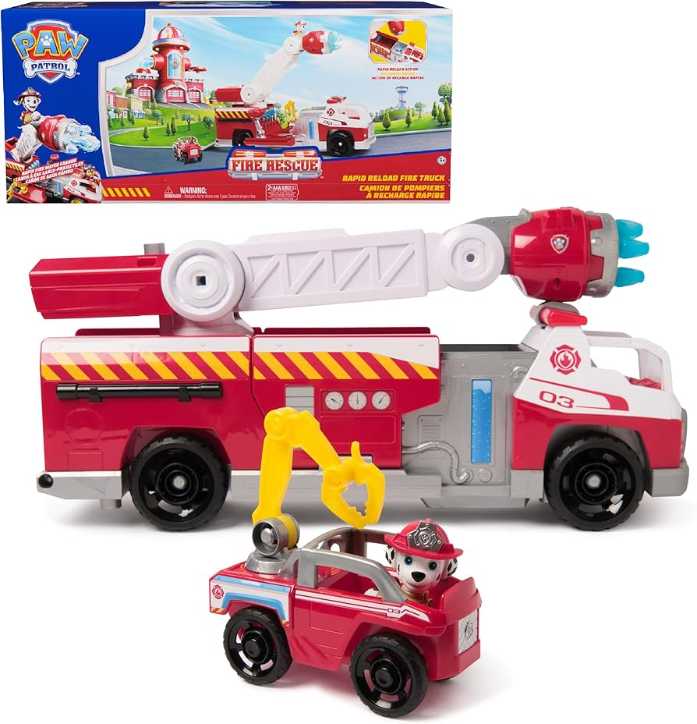
BOOK REVIEWS
Toy Review: Marshall's Rapid Rescue Fire Truck
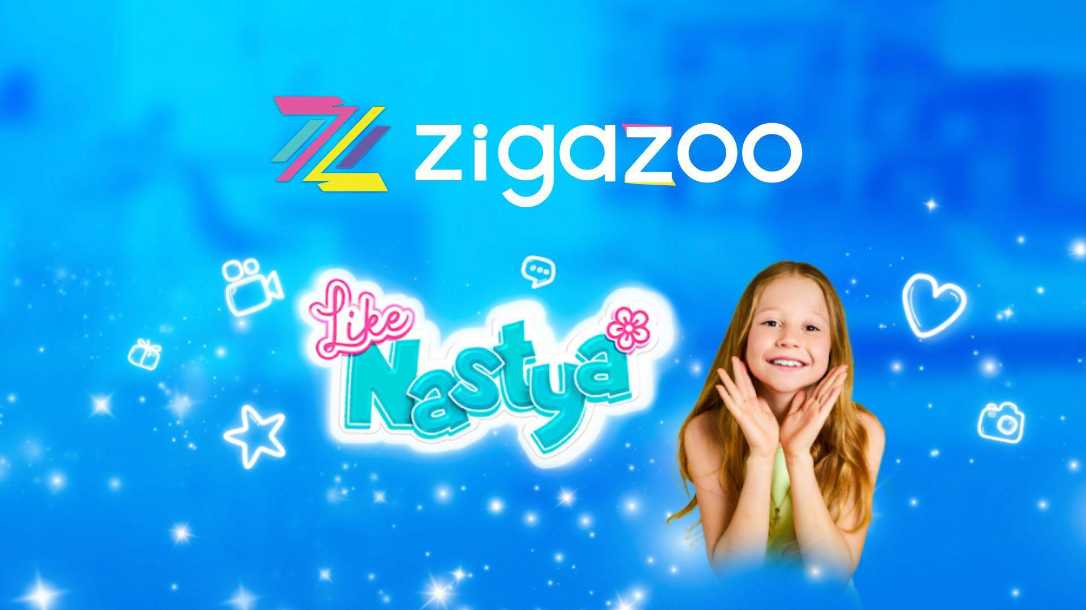
COMPANIES
Zigazoo Secures Partnership with YouTube Star Like Nastya to Inspire Millions of Kids
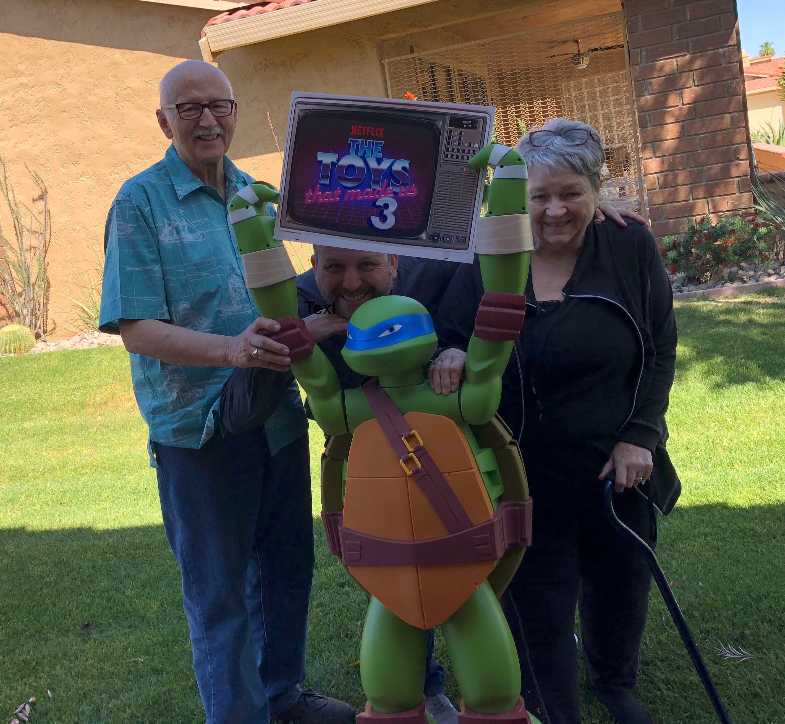
PEOPLE
A Legacy of Play: Inside the Carlson Family’s Multi-Generational Journey Through the Toy Industry
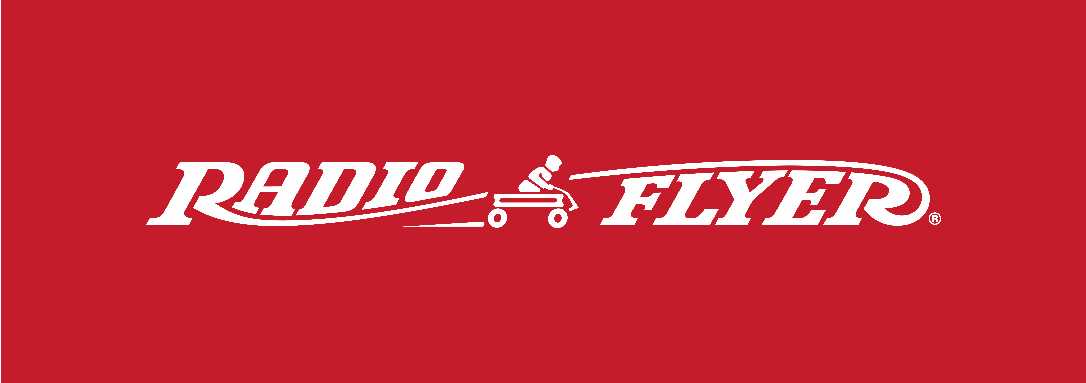
COMPANIES
Radio Flyer Studios Announces the Launch of its First Original Animated Series, Max & Maple: The Can-Do Kids
See more
POP's Got Talent
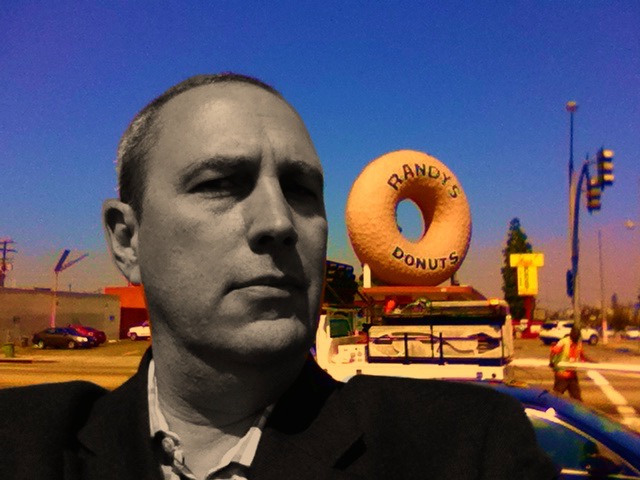
POP Entertainment
Randy Klimpert Shares his Ukulele Collection
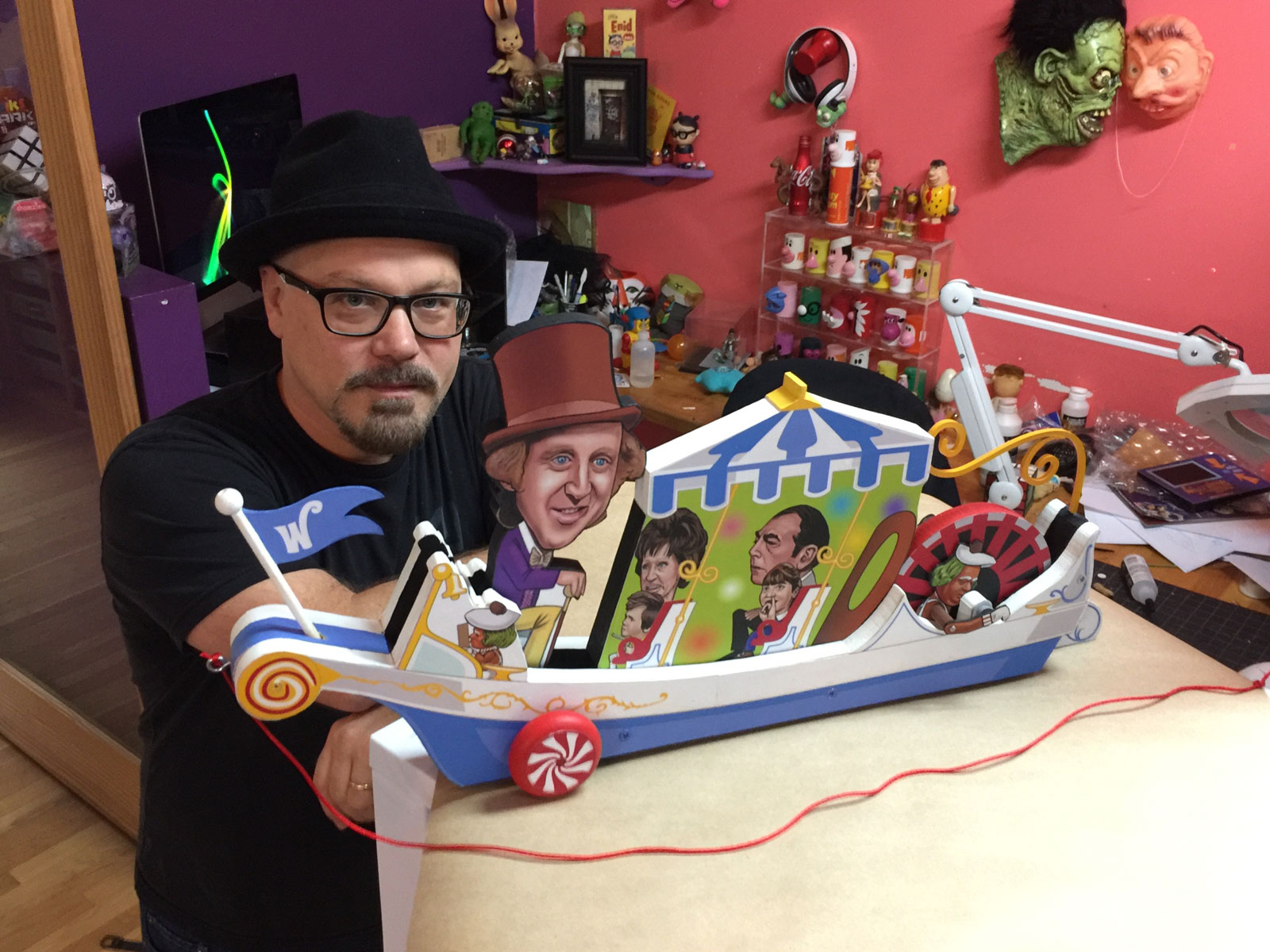
POP Entertainment
Steve Casino Peanut Art
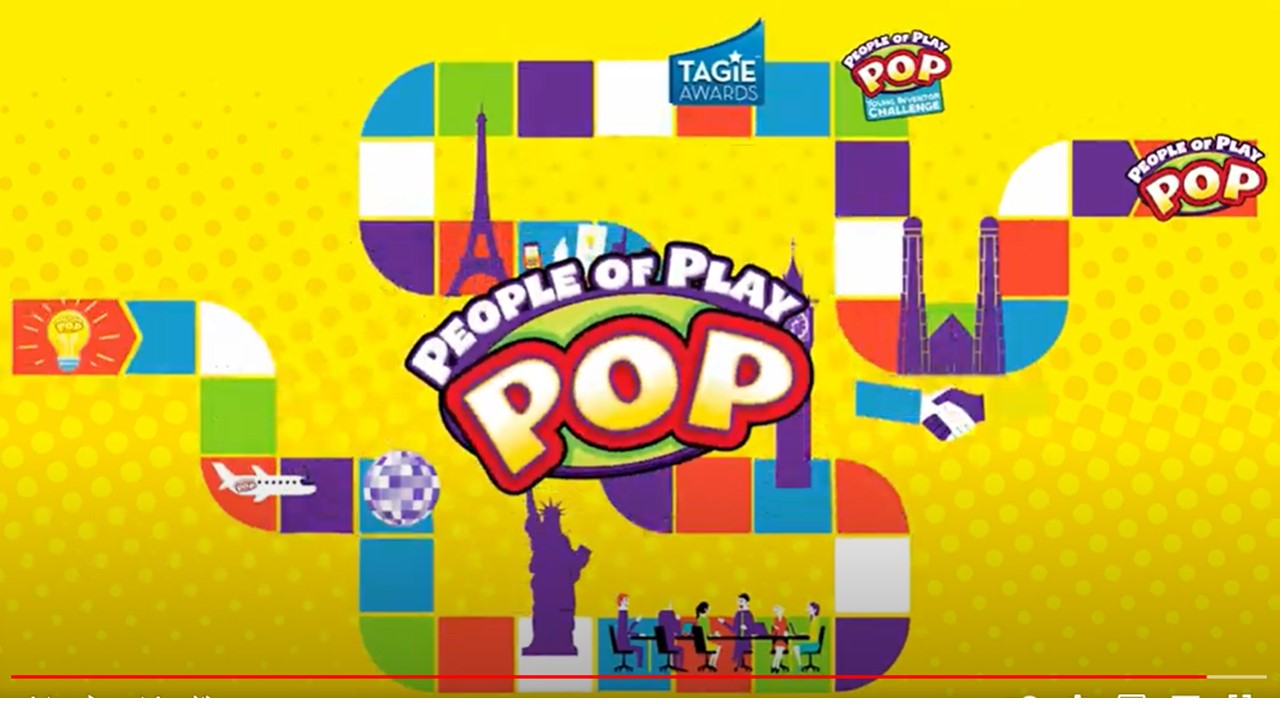
POP Entertainment
Everyone's Talking about POP!
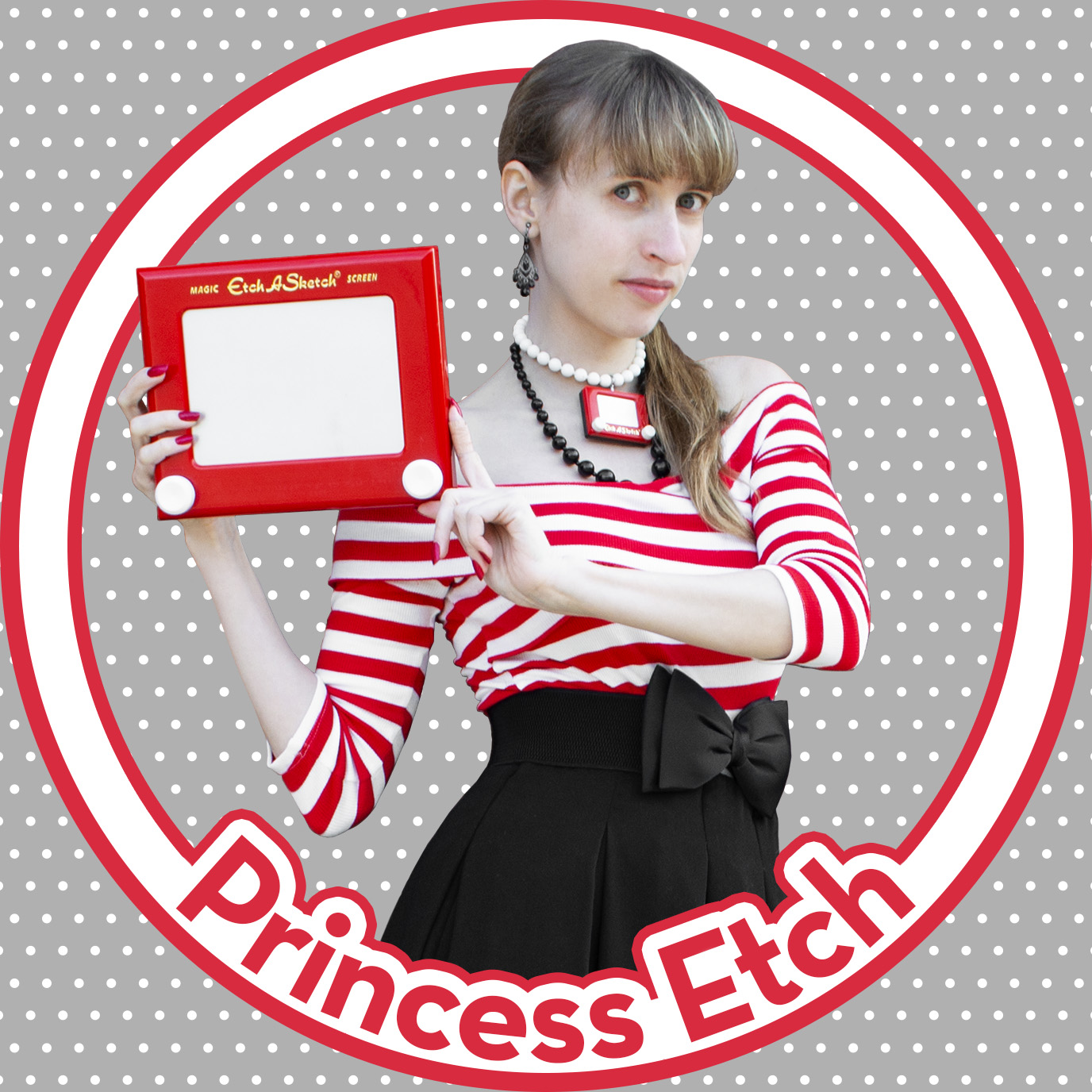
POP Entertainment
Princess Etch - a Multi-Talented Etch A Sketch Artist
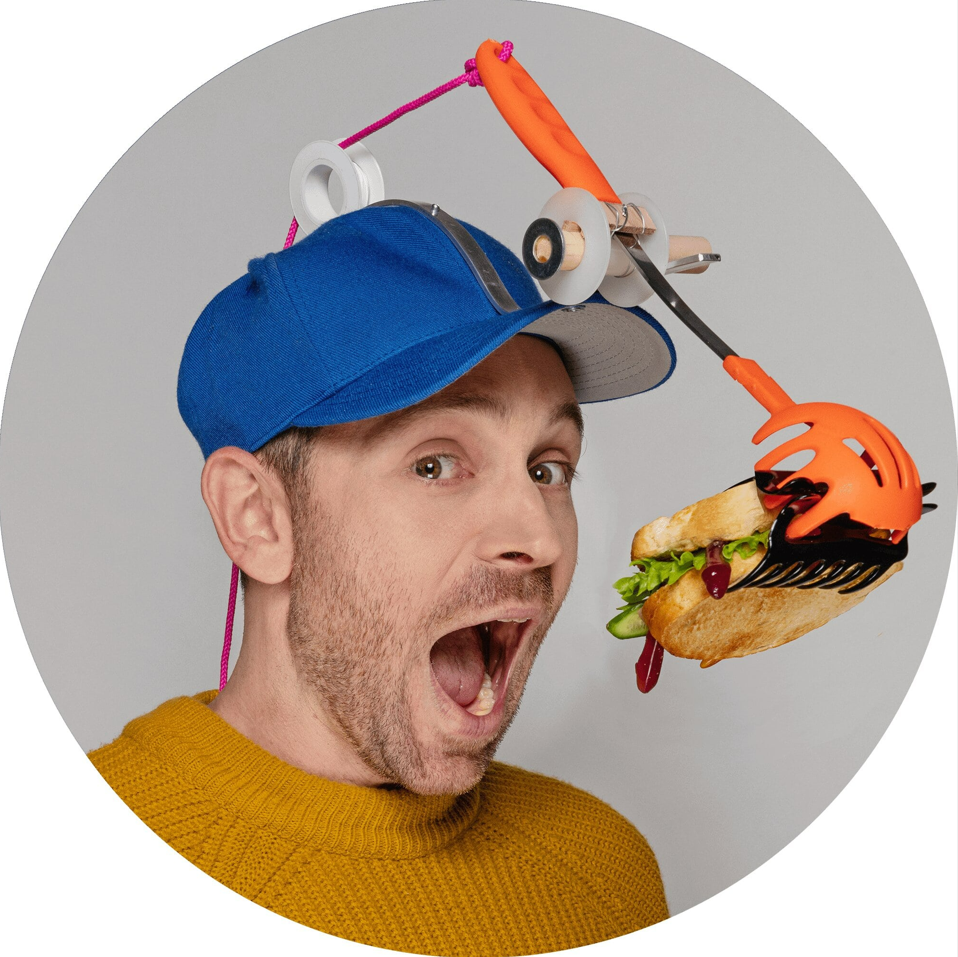
POP Entertainment
Joseph Herscher of Joseph' s Machines.
See more
Recent POPcast

Hidden Role: The Brains Behind your Favorite Games
Connie Vogelmann designed Apiary & Wyrmspan!

Hidden Role: The Brains Behind your Favorite Games
Bob Fuhrer... Is THE Crocodile Dentist!
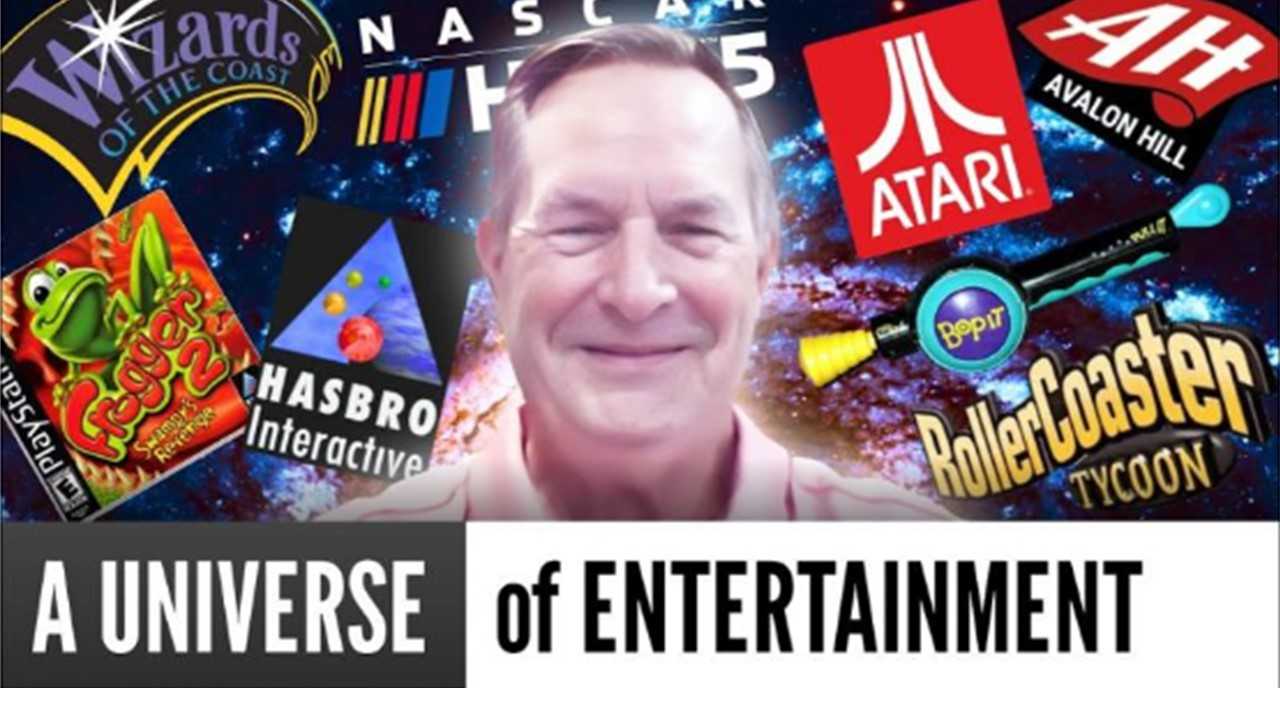
Hidden Role: The Brains Behind your Favorite Games
Tom Dusenberry... Bought Atari, Wizards of the Coast, and Avalon Hill!
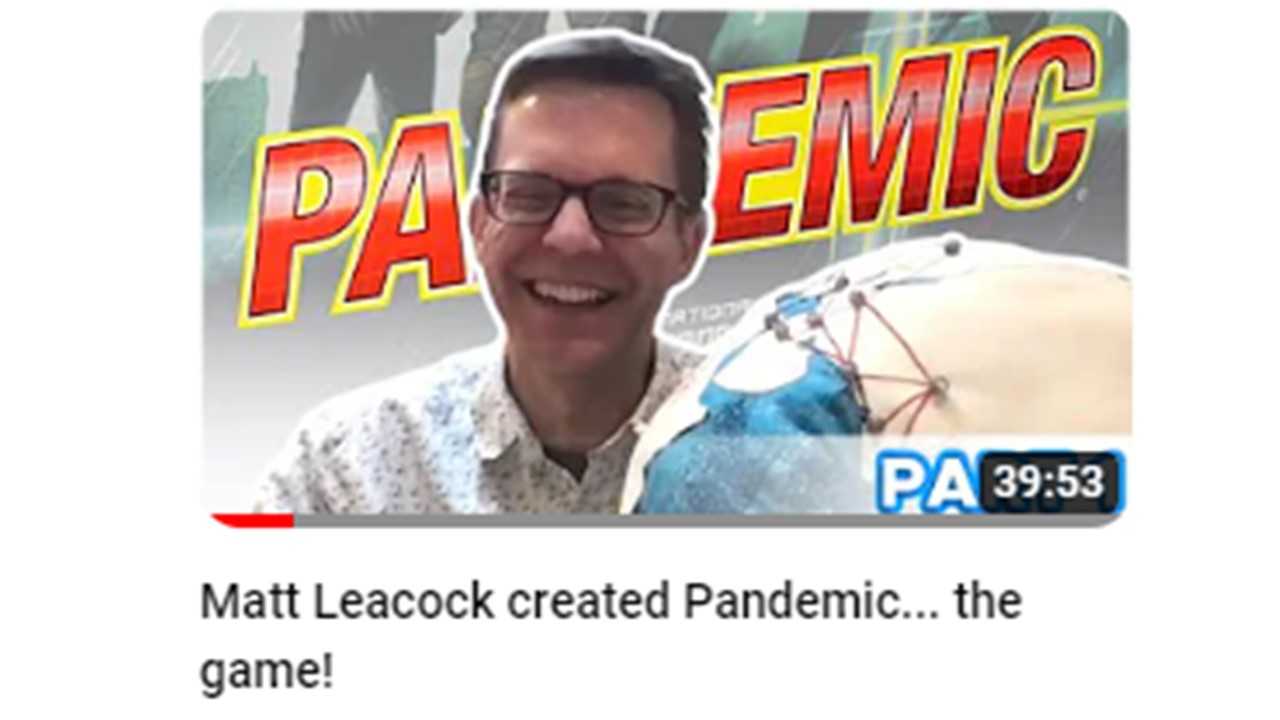
Hidden Role: The Brains Behind your Favorite Games
Matt Leacock created Pandemic... the game!

Hidden Role: The Brains Behind your Favorite Games
Scott Brown and Tim Swindle... are Launching a New Sport!
See more
POPDuos

POPDuos: Interviews with Legends and Leaders
POPDuo: Richard Dickson, Mattel’s President & COO, and Kedar Narayan, Young Inventor Challenge AMB

POPDuos: Interviews with Legends and Leaders
POPDuo: Will Shortz and Josh Wardle

POPDuos: Legends and Leaders Explore Creativity
POP Duo: Elan Lee, Co-Founder, Exploding Kittens.and Jeff Probst, Host and Exec Producer, Survivor

POPDuos: Legends and Leaders Explore Creativity
POP Duo: David Fuhrer, MNG Director, Blue Sq Innovations & Shawn Green, past Dodgers & Mets MLB Star

POPDuos: Legends and Leaders Explore Creativity
POP Duo: Bob Fuhrer, Founder, Nextoy and Tom Fazio, Golf Course Designer
See more





